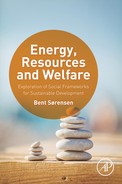Resources and Economic Welfare
Abstract
This chapter starts with an overview of resources that are important for human societies. It covers natural resources, such as land and waterways, mineral resources including fossil energy forms, and biological resources, such as crops, livestock, fish, and trees, but also flow resources associated with solar radiation intercepted by the Earth, including wind, hydro, and direct solar energy, as well as resources built or manufactured by human societies. The chapter continues by describing the current economic setup based on the paradigm of liberal markets and how it deals with the issues of resource depletion and with social and environmental impacts of the economic activity. The chapter ends with a discussion on the social organization in terms of governance, and the underlying principles of human rights that appear in national constitutions. Particular emphasis is placed on the welfare economic model and the definition of welfare because it will be used in the following chapters.
Keywords
2.1. Overview of natural resources
2.1.1. Land and Property
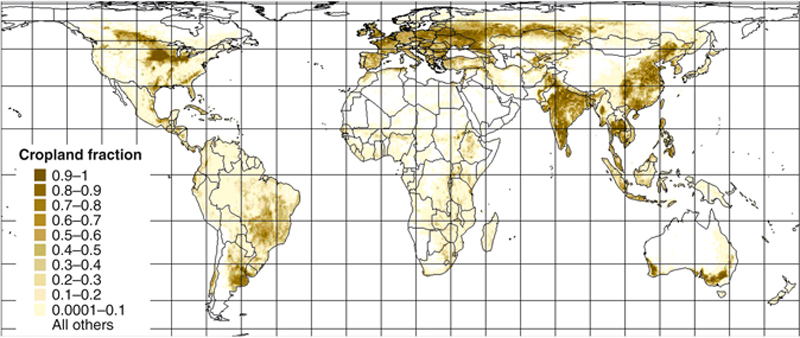
In the northern temperate regions, these fractions are currently declining. The plane projection used for the datasets here is the equal-area Behrman Earth projection. This means that a unit area everywhere on the map represents the same physical surface area of the Earth, although skewed.






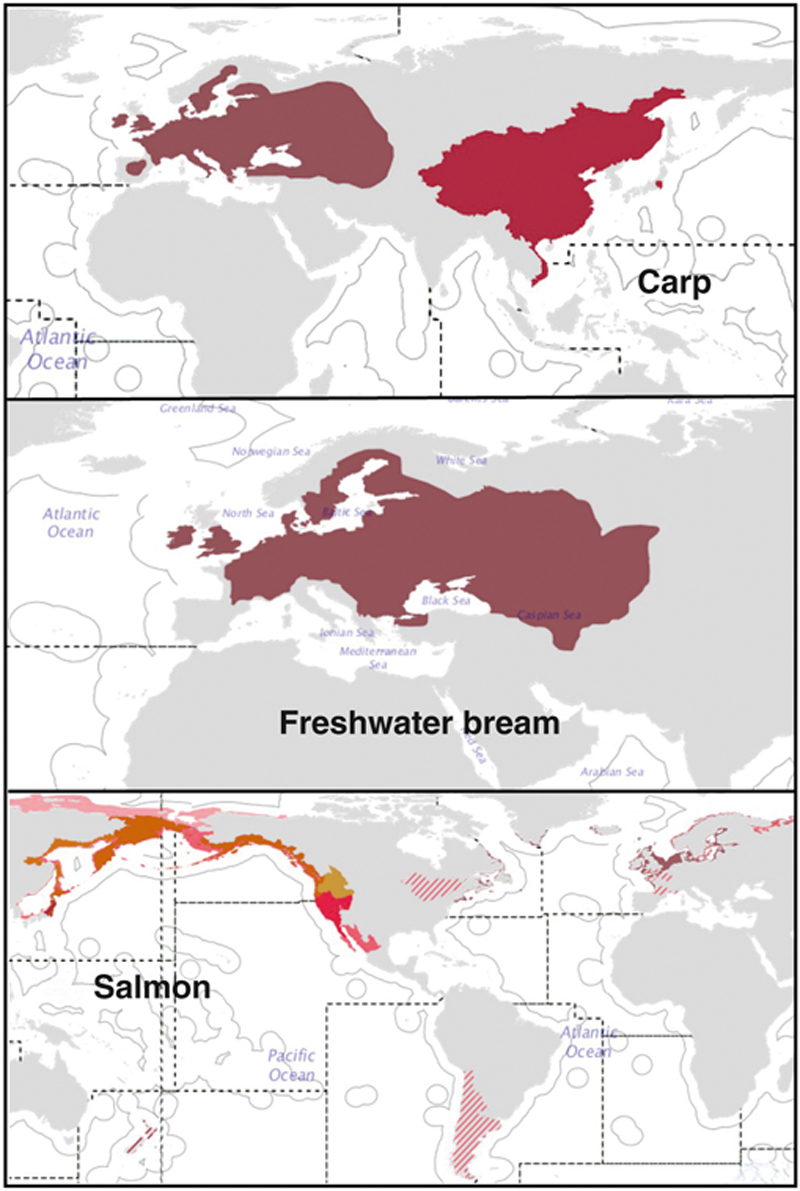

The depreciation period is an assumed average service life of 20 years with a 5% per year interest rate (World Bank, 2011). Depreciation to zero excludes the possibility of recycling parts of the produced stock. Countries shown in white are not included in the survey.
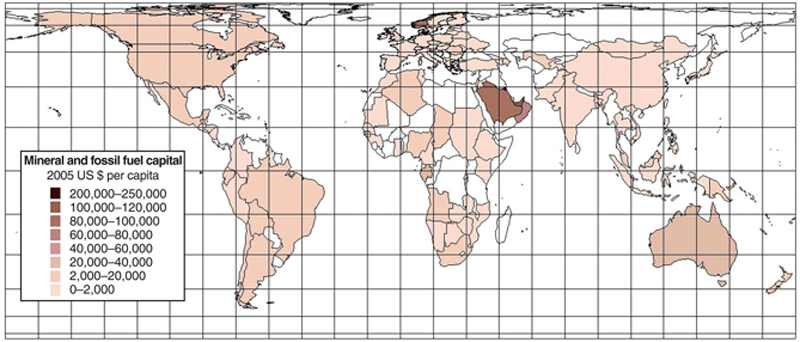
Possible recycling of certain minerals is not considered. Countries shown in white are not included in the survey.

Educational skills would often have to be refreshed by continued education over the assumed 50 years that a person on average will offer services based on such skills, but this is considered as included in current teaching budgets and thus no depreciation of knowledge learned is applied. Countries shown in white are not included in the survey.
2.1.2. Mineral Resources Including Energy Resources of Geological Origin

However, there are also differences in the size of mining operator companies, where, for example, the United States has a tradition for many small operators. These remarks pertain to the following figures of the distribution of other minerals as well).



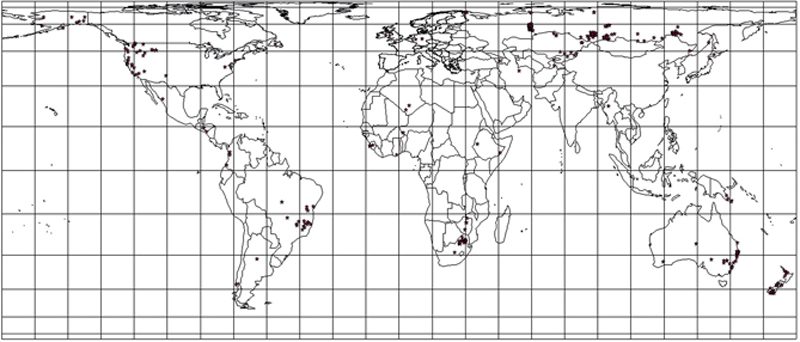

2.1.3. Flow Resources, such as Renewable Energy
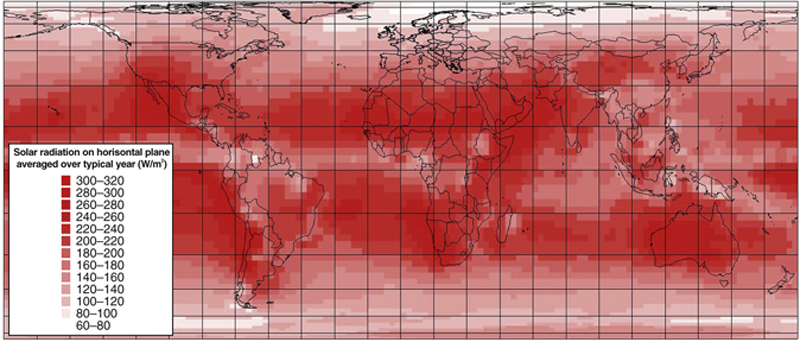
Devices for collection of electric and/or thermal energy may be tilted toward the Equator, giving an increased yield at higher latitudes than a horizontally placed collector. Further tracking to the direction to the Sun may provide even larger output, but at an expense.

To calculate the capacity of a hydropower facility one would multiply by the catchments area (in m2). The water may reach the turbines after assembling in a reservoir lake or a water stream, or after traveling along the surface or as subsurface ground water. The estimate is based on the height difference between the surface receiving the precipitation and the sea level. In practice, the water may initially have travelled to a lower altitude by the mechanisms suggested earlier, and further, it may not be possible to establish the turbine water exit at sea level but only at some elevation.
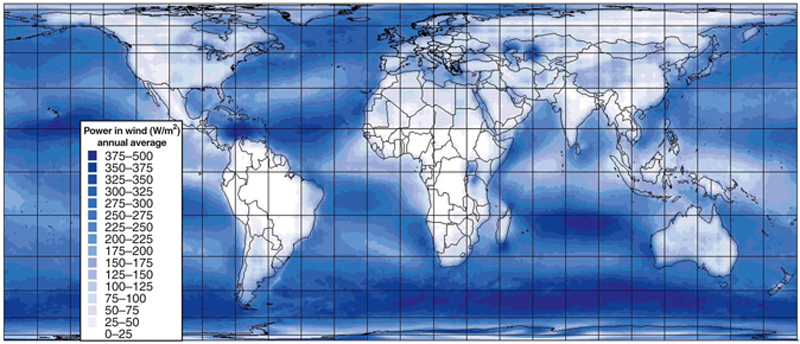
Collection would in practice be restricted to land areas and offshore areas with depths suited for foundation work, currently around 50 m (based on NCAR, 2006; Milliff et al., 2004, using the method proposed in Sørensen, 2008).

The production may be increased by irrigation, but this would be an unsustainable interference with the water cycle in many regions, if used on a truly large scale (Wada and Bierkens, 2014).
2.1.4. Other Resources
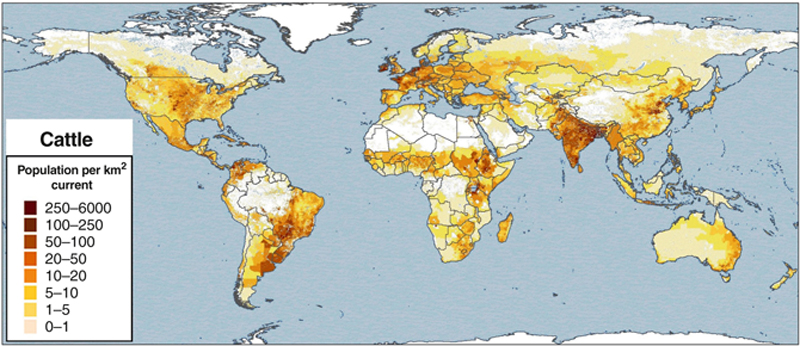

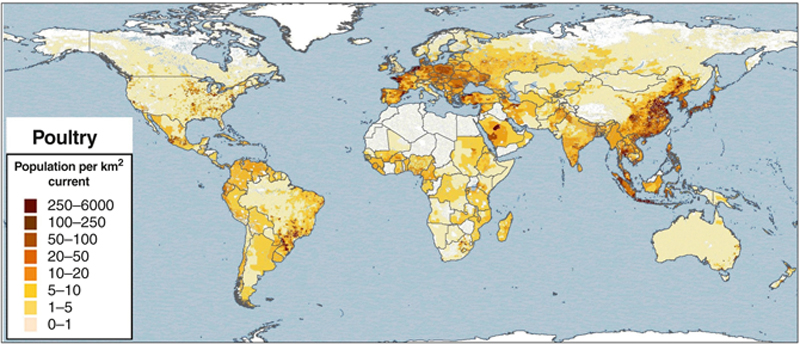

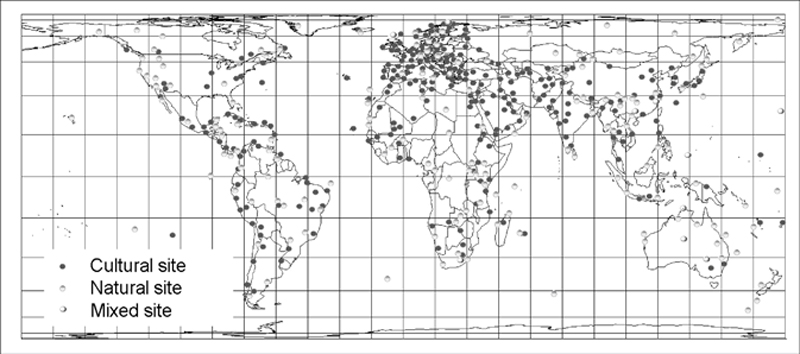
2.2. Current paradigm of economic organization
2.2.1. The Liberal Market Economy
2.2.2. The Substitution Hypothesis
2.2.3. Externalities and Life Cycle Analysis
2.3. Current paradigm of social organization
2.3.1. Basic Human Rights
Whereas recognition of the inherent dignity and of the equal and inalienable rights of all members of the human family is the foundation of freedom, justice and peace in the world,
Whereas disregard and contempt for human rights have resulted in barbarous acts, which have outraged the conscience of mankind, and the advent of a world, in which human beings shall enjoy freedom of speech and belief and freedom from fear and want has been proclaimed as the highest aspiration of the common people,
Whereas it is essential, if man is not to be compelled to have recourse, as a last resort, to rebellion against tyranny and oppression, that human rights should be protected by the rule of law,
Whereas it is essential to promote the development of friendly relations between nations,
Whereas the peoples of the United Nations have in the Charter reaffirmed their faith in fundamental human rights, in the dignity and worth of the human person and in the equal rights of men and women and have determined to promote social progress and better standards of life in larger freedom,
Whereas Member States have pledged themselves to achieve, in co-operation with the United Nations, the promotion of universal respect for and observance of human rights and fundamental freedoms,
Whereas a common understanding of these rights and freedoms is of the greatest importance for the full realization of this pledge,
Now, Therefore THE GENERAL ASSEMBLY proclaims THIS UNIVERSAL DECLARATION OF HUMAN RIGHTS as a common standard of achievement for all peoples and all nations, to the end that every individual and every organ of society, keeping this Declaration constantly in mind, shall strive by teaching and education to promote respect for these rights and freedoms and by progressive measures, national and international, to secure their universal and effective recognition and observance, both among the peoples of Member States themselves and among the peoples of territories under their jurisdiction.
